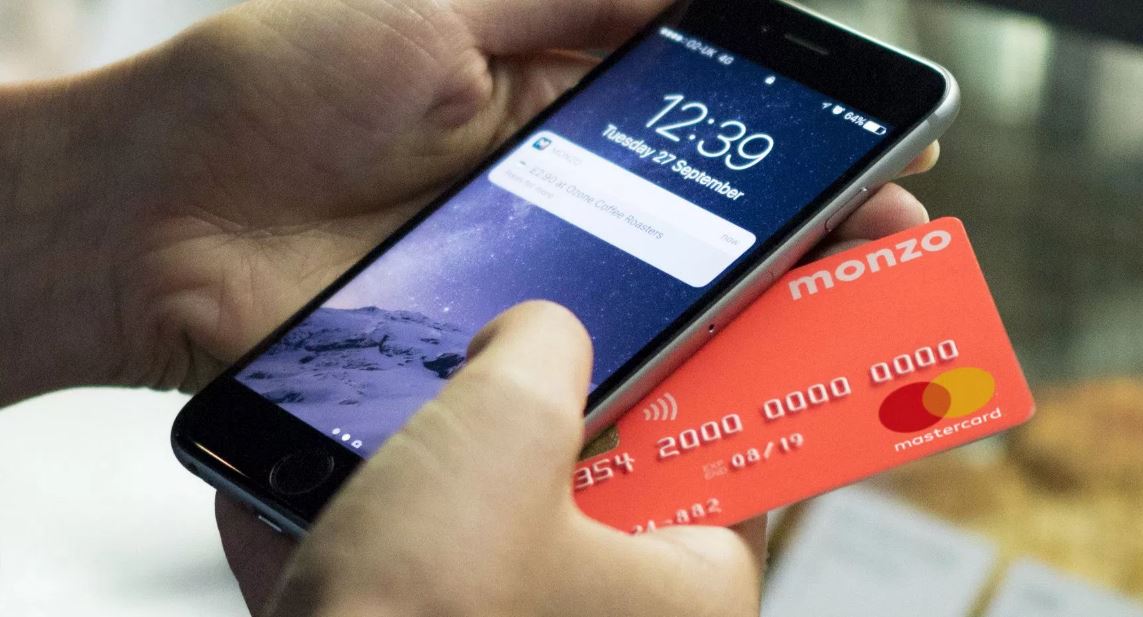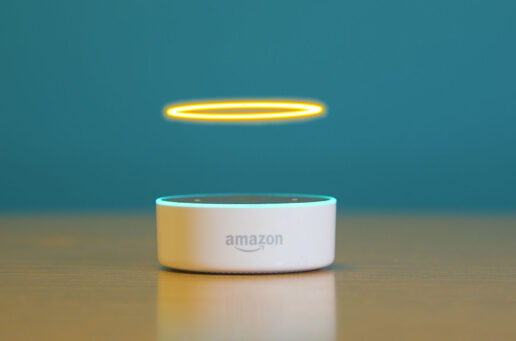
Part of our Colliderscope event series, we looked to uncover some of the launch behaviours that led consumers to connect and engage with brands and products.
Research shows that 76% of new product launches fail within the first year, so understanding how to better integrate behavioural insights into creative strategies is now becoming key to influencing the likelihood of a brand’s success.
This article creates a consumer psychology framework with the four quadrants of self; others; external and internal and explains how the majority of brands fit into one, two or even three of these.
Taking the areas of social proof, self-confidence and social currency, it expands on how they can be used to address consumer need states and ensure a successful launch.
In the attention economy, the currency that really matters is salience. With consumers exposed to more than 10,000 brand messages and 3,600 ads per day, brands need to work harder than ever to grab and keep our interest. Little wonder that Nielsen reports that three-quarters (76%) of new product launches fail within the first year.
Understanding how to better integrate behavioural insights into creative strategies is now becoming business- critical to influence the likelihood of a brand’s success. So how does that work? In partnership with Rare Consulting, a marketing and insights consultancy, we set out to uncover the factors that made launches stand out, the key drivers that got people to first engage, as well as the influence of brand relationship on consideration and likelihood to purchase.
By asking a demographically representative sample of people in the UK, we confirmed some of what we suspected already. Successful launches are not the preserve of the few. More than 92 different brands were mentioned when asked to recall recent launches – from consumer tech, telecoms and automotive to white goods, health and beauty, and FMCG. The 92 brands recalled were discovered across a range of 3 1 unique touchpoints (online search, personal recommendations and TV played a key role throughout) whereas online advertising and social media were more important at the start of the journey.
However, their responses also raised further questions about whether brands are missing the mark with their marketing. Generation K (currently teenagers) recalled health and beauty launches three times more than baby boomers, despite women over 45 accounting for more than 41% of spending in this space. In addition, men were more likely to recall a tech launch, despite women being the primary influencers of purchases in this category.
And it is with the anomalies and outliers that the fertile ground lies and where interesting patterns began to emerge. When purchasing white goods, for example, consumers rated brand reputation highly and loving the brand indexed the lowest. In health and beauty, however, this was the polar opposite, where loving the brand increased a consumer’s likelihood to purchase rather than whether the brand was reputable. For FMCG brands, individuals tended to make quick decisions in-store based on promotions or sales but also bought most of the products the brand made.
Some of these contradictions and nuances aren’t easily answered using current brand models and thinking. Unlocking the ‘why’ needed a different lens to help make sense of some of these subconscious drivers of consumer behaviour. So we enlisted the help of leading behavioural science consultant, Stephen Donajgrodzki, to do just that.
After reviewing more than 120 models across social sciences – from anthropological and sociological constructs through to classical intention-based behavioural frameworks – the breakthrough came with mapping Holbrook’s framework of self and others, against the patterns emerging from the quantitative research.
This is the first time that this consumer psychology framework, also known as Holbrook’s four-axis model, has been used in this way to explore ‘categories’ and ‘brands’, rather than solely from the consumer perspective. This model allowed us to plot a centre of gravity for brands and begin to define characteristics that brands in those quadrants might share.

The four characteristics of the framework model can be described as follows. (1) Self – I value something for my own sake. (2) Others – I value something for the impact on others/ the perception of others. (3) External – means-end relationship such as conspicuous consumption. Prized for functional help in realising a goal. (4) Internal – consumption as an experience is an end in itself.
The majority of brands fit into one, two or even three of the primary quadrants with varying density. However, very few (if any) will sit in the top right quadrant, as this is for organisations with solely altruistic intent, such as the Bill and Melinda Gates Foundation or the Wellcome Trust.
SOCIAL PROOF

This is where we see extrinsic ‘visible’ choices – the car you drive, the clothes you wear, the bag you carry or the phone you own – acting as a reflection or reinforcement of your personal identity. As expected, many ‘status’ brands fit here, such as high-end watches and luxury cars, but social proof comes in many forms.
Some of the challenger supermarkets also sit here; for example, shopping at Lidl signals that you are a smart, not stingy, shopper. These brands aren’t just cheaper, they reflect a customer’s savviness – a trait that consumers are very open to display.
Similarly, the new breed of online banks and fintech products speak volumes about how smart and innovative a customer is with their money-with, for example, a highly prized luminescent Monzo card signifying this ‘social proof’ to others.
So, what does this mean for launch? First, cut-through needs to be via scale or frequency. Once the brand meaning is established, a move to a purely digital presence could be beneficial. Second, launches do not need to be frequent but need to be sizeable/impactful. Third, identify your brand meaning-for example, is it old-world money you are targeting or young and adventurous? Fourth, messaging does not have to be limited to the brand meaning but needs to incorporate it, to reinforce what your brand stands for – that is, is it about ‘sophistication’, ‘rebellion’ or being ‘eco-conscious’? Fifth, choose media that reflect the brand meaning, either using scale or frequency. And finally, brand experience and association – for example, partnerships – are a great way to fast-track the ‘social proof that your brand demonstrates by aligning with a brand that is already associated with it.
SELF-CONFIDENCE
The self-confidence quadrant is where we find brands that help give inner confidence – treats or guilty pleasures that make us feel good about ourselves. It’s about reinforcing our internal self-image and self-worth.
Everyone has guilty pleasures – whether it’s a glass of a well-known Irish cream liqueur or a slab of melt-in-the-mouth chocolate. But what else gives us that boost of inner confidence? For some, it’s daily vitamins which give them an emotional, as well as a physical boost; these products also fit into this category. As do technology brands, as exemplified by how you feel when you misplace your phone.
So what are the launch lessons for brands that fall into this category? First, launches and relaunches don’t need to be frequent but need to remind consumers that they’re there. Second, is the brand able to act as a shortcut to support confidence or act as a treat? If so, shout about it. Third, messaging needs to talk to the consumer as a trusted ally or friend. Fourth, media choices should incorporate personal media, more than mass media, where there is an emotional relationship – for example, glossy magazines, vlogs, pampering days. And lastly, brand experience and association – for example, VIP treats to sample new products, lifestyle magazines – will help reinforce your position as a brand driven by inspiring self-confidence.
While launches do not have to be frequent, they do need to create a personal connection with their audience that is reinforced regularly.
SOCIAL CURRENCY
Social currency is where we use brands – and brand experiences – to inform, entertain, engage, amuse or even show solidarity with others. FMCG products often gravitate here – everyday items such as a tin of baked beans or a stain remover that you know work really well. Many brands that were born digital –app-based taxi services such as Uber or review websites such as TripAdvisor – also fall into the social currency quadrant.
This category is easy come, easy go – consumers demonstrate some loyalty but are also open to trying something new, whether from a trusted brand or the new kid on the block, particularly if suggested via a personal recommendation. TV/video and in-store are the two most common ways of connecting to this market. TV can communicate the positive qualities of the product and create talkability and high levels of reach. It can also be used to model the desired behaviour of the product and how it is used – for example, toothbrushing and the use of mouthwash.
People are willing to share the experience of using social currency brands, so make it easy for them to do so. Key launch lessons for this category include the following. Ensure that launches are frequent and create talkability among the target audience and drive sharing. You should drive the need: how are the brand and product giving more, how is it better, cheaper, more efficient than others in its category? Bear in mind that messaging should establish product benefit and reinforce its point of difference. Further, chosen media must be ubiquitous to keep the brand front of mind. And in terms of brand experience and association, being small, simple, wide-reaching and disposable, including the use of couponing, helps to reinforce the front-of-mind state.
To guarantee a successful launch, mapping behaviours and need states against the roles that brands play in consumers’ lives can lead to more effective brand experiences that build affinity with your audience.
To that end, we have begun to develop a set of tools to help brands do just that, starting with a psychometric analysis of where your brand sits across the three need states, called the Launch Catapult. Essentially, the equivalent of a personality test, the Launch Catapult can identify the quadrant(s) to which your brand naturally gravitates, and the implications of this for an effective launch strategy. Put simply, if you know which need state you’re addressing, you’ll know what buttons to push and the channels to use, giving you a fighting chance of being one of the brands that not only survive but excel in that first critical year after launch.
This article was authored by Anton Jerges and originally published on AdMap.

